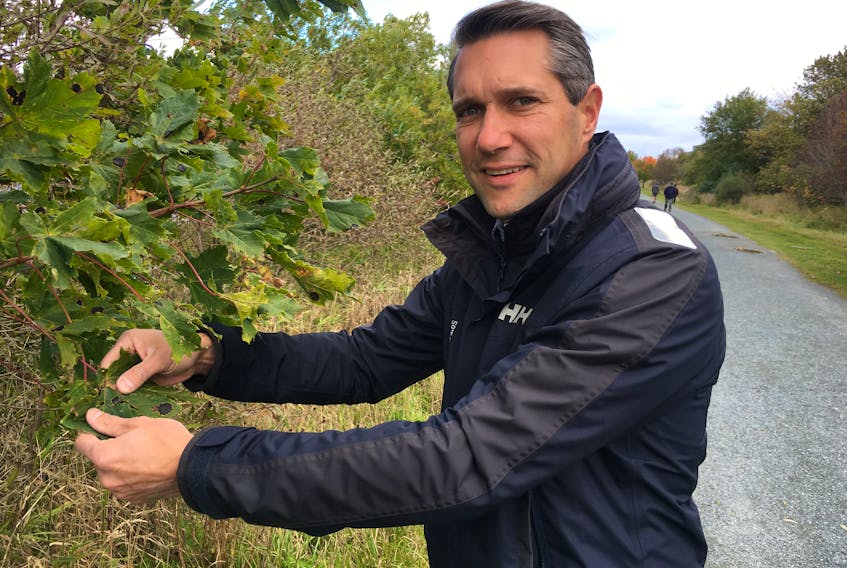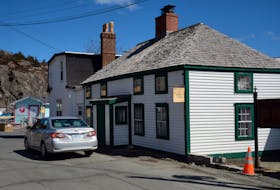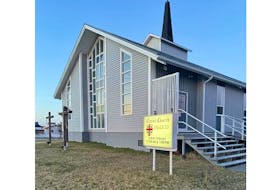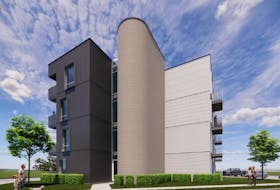Autumn is here, bringing with it all the staples: the first frost, a mosaic of leaves — but this time a noticeable absence of dogberries.
St. John’s municipal arborist Brian Mercer says he has found only a few trees around the city with any dogberries — most are completely barren.

While the tale passed down through the generations suggests more or less dogberries in any year can give a hint about the coming winter, Mercer says that notion is simply a myth.
“Scientifically, that’s not the case. They’re more of an indication of the past than a prediction of the future,” he said.
“They tend to put their energy and efforts into producing flowers in the late spring or early summer. If it happens to be a cooler season than normal, then we don’t see the berries.”
Mercer says there’s no need to be concerned for the health of the local dogberry — or mountain ash tree — population.
Two varieties of dogberry trees grow in Newfoundland and Labrador: the showy mountain ash, which produces larger flower clusters, and the American mountain ash, which tends to have smaller leaflets.
The berries are food for birds through the winter, but are also grazed on by moose and rabbits.
The hardy trees grow well in the province at the border of bogs, on rocky hills, or on drier areas and can be up to 15 metres high, Mercer said.

There’s nothing humans can really do to encourage or discourage the growth of berries. The year fluctuation is entirely natural.
“The birds will find other sources of food,” said Mercer.
Elsewhere, small black blotches known as maple tar appear to be more common this year than in others, though Mercer couldn’t say for sure whether there’s been a substantial increase.
The blotches are a fungus that can look yellow or light green in the summer, but turn black as the year goes on.
They can be unsightly, and will block sunlight on the affected leaves, but they’re essentially harmless to the trees.
When the spotted leaves fall from the trees in winter, the fungus stays beneath, waiting for the spring. Once spring comes, the fungus will release its spores, infecting the same tree from the previous year.
Mercer says the best way to prevent the blotches from coming back year after year is simple lawn maintenance.
“The best thing to do is just rake those leaves and get rid of them, either through regular disposal or compost on site,” he said.
In short, rake your yard and keep your heavy coat handy — winter is coming.
Twitter: DavidMaherNL









